Sodium-Ion Powered EVs Roll off From Chinese EV Factories
Get Electric Vehicle
JANUARY 24, 2024
It is one of the oddest combinations in the car manufacturing industry as the other half of JAG is owned by the Chinese government. According to CarNewsChina, the Sehol model had a 252 km (157 mi) range, a HiNa NaCR32140 cell with 25 kWh capacity and an energy density of 120 Wh/kg. What Else is Brought To The Table?


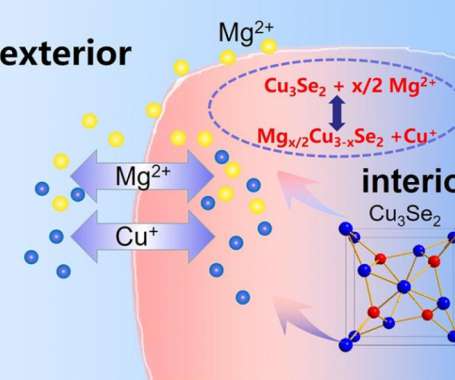
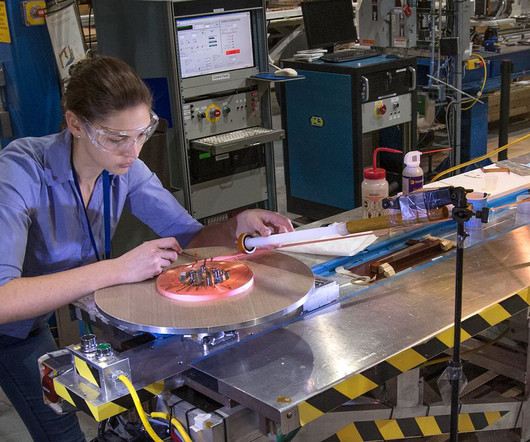
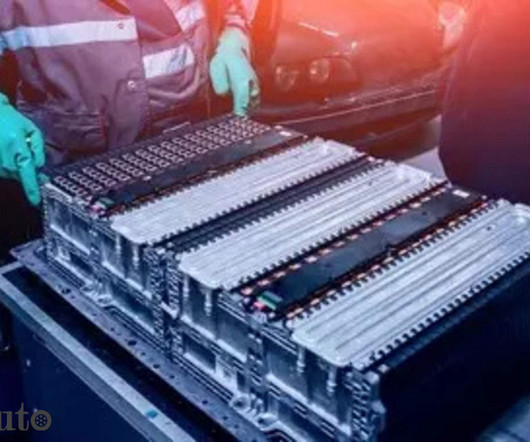
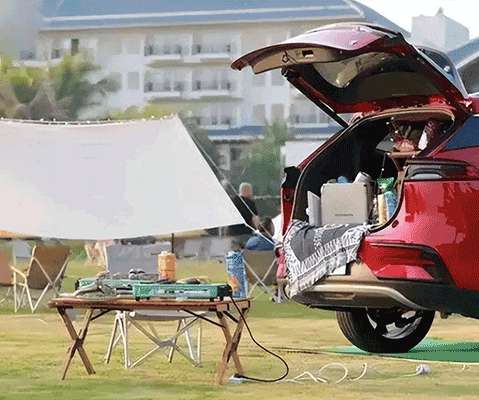
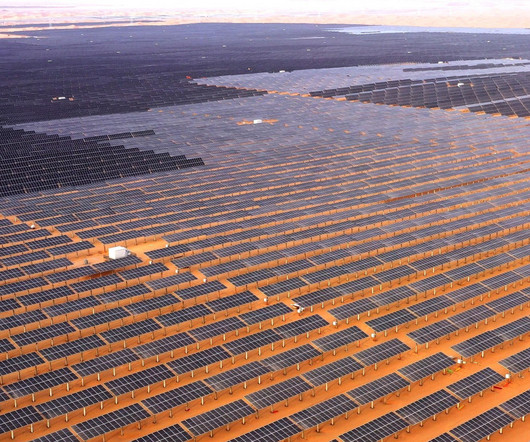





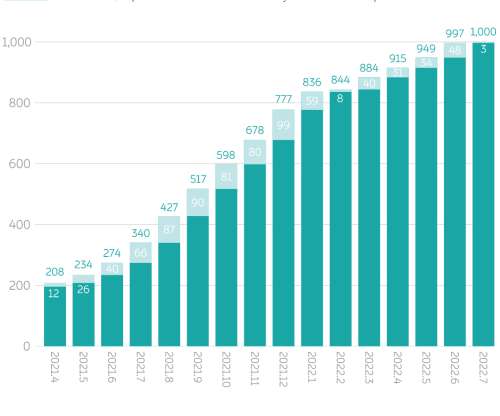

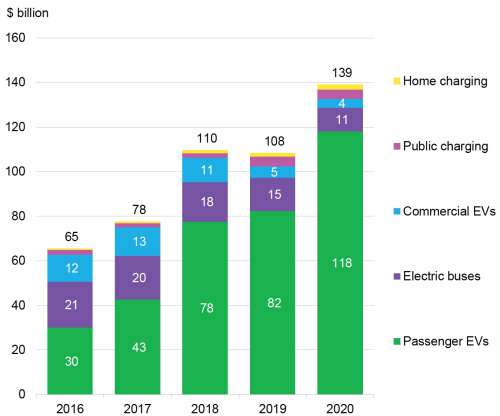


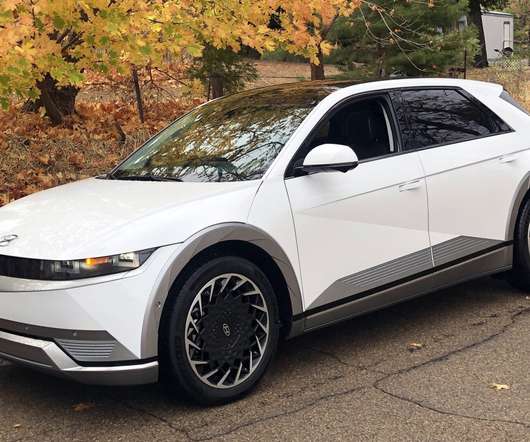


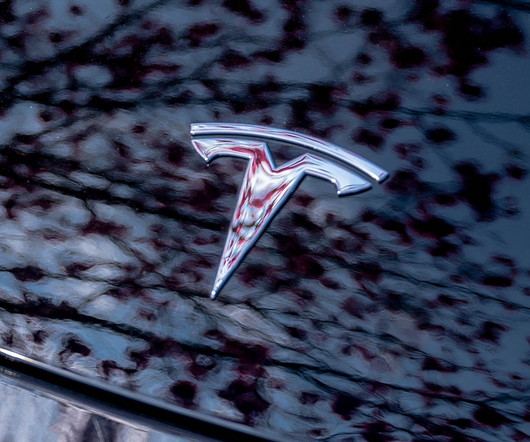







Let's personalize your content